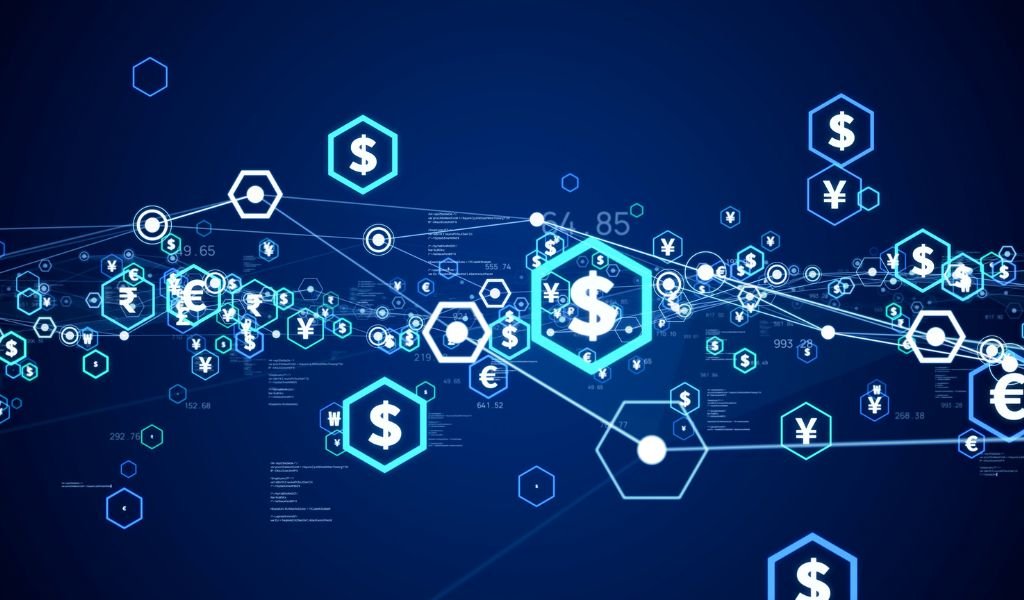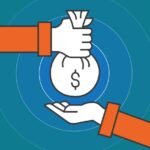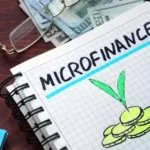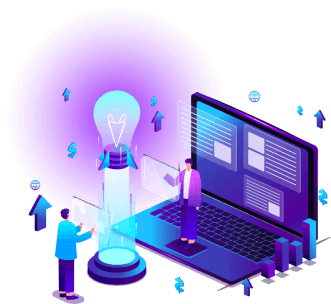Top 5 Lending Trends for 2025 – The lending industry will undergo drastic changes as we move further into 2025. Advancements in technology, evolving consumer expectations, and increasing economic pressures are causing lenders to rethink their operations, including what is needed to remain competitive, to serve the demand. If you are a borrower trying to learn more about your options or a lender trying to stay ahead of the curve, identifying the 5 trends in lending for 2025 will help you make better decisions. We are going to examine the most important trends that will impact the lending industry in 2025, and we will define what it means for you.

1. Artificial Intelligence Enhanced Underwriting and Decision Making
Artificial Intelligence is no longer a catchy term in the lending process; it is now an essential part of the process. In 2025, AI-enhanced and powered underwriting is not a choice; it is a must-have for the competitiveness we are entering. The lending industry has embraced AI and advanced algorithms to analyze and make decisions regarding creditworthiness quickly and effectively than ever before. AI can capture alternative data such as utility payments, rental history, and social media data to assess your borrowers’ financial behaviors in order to produce a decision.
This is especially valuable with respect to customers who are underbanked or credit invisible, who might not be able to provide traditional credit, income, or asset data. Ultimately, for your borrowers, this means quicker approval, tailored loan solutions, and more access to credit; for you, AI is lowering your cost and default risk while improving customer experience.
2. Embedded Lending: Loans Wherever You Least Expect Them
When it comes to how and where people borrow money, embedded lending is a significant trend that’s redefining it. To put it simply, embedded lending is when a financing option is offered in a non-financial context. Examples include the “Buy Now, Pay Later” (BNPL) options accepted at online checkout, but also small business loans offered directly in e-commerce marketplaces. By 2025, embedded lending will only be rolling out into new industries: automotive, healthcare, travel, and even education.
This model provides frictionless and hyper-convenient borrowing right where the consumer is. From a business perspective, embedded lending creates increased sales for businesses that offer financing along with the primary purchase and increases customer loyalty. From a borrower’s perspective, they have access to immediate funding, without waiting for approval, along with greatly reduced paperwork.
3. Sustainable Lending and Green Lending are on the Rise
Sustainable lending will no longer be only an expression used by environmentalists–but, rather, it is now being elevated as a priority for lenders and borrowers. Green lending, the financing of highly sustainable projects, has increased as a practice within financial services over the past several years, and in 2025, it will grow exponentially. Today, lenders are offering more competitive rates and potentially rebates and incentives for borrowers who want to invest in energy-efficient homes or vehicles, or renewable energy projects.
Many lenders are even offering specific loans for energy-efficient home improvements (green mortgages) or providing special circumstances or consideration in the event a borrower is upgrading to sustainable features. Concurrently, banks are feeling capital market pressures, requests from investors, environmental regulators, and now pressure to show directly their environmental impacts, and their position with ESG goals (Environmental, Social, and Governance). Therefore, expect to see more transparent operations and new green loan products in 2023, too.
4. Open Banking and Data Sharing
Open banking is changing how lenders access and use the data (wallet) of consumers. By allowing borrowers secure access to their financial data through APIs (Application Programming Interfaces), the borrower can provide lenders a fuller and real-time picture of their financial condition. As a result of the growth in open banking in 2025, lenders are using secure data sharing to make personalized loan offers, while consumers are gaining more control of their data than before.
The results for consumers are faster applications, borrowers getting better loan conditions, and increased personalized financial products. In parallel, both traditional banks and fintech are working together to develop new ecosystems offering lending, payments, and financial management solutions, all accessible via data sharing.
5. Stricter Regulation and Consumer Protection Focus
The emergence of lending innovations will lead to increased regulatory scrutiny. By 2025, regulators worldwide will strengthen their rules around responsible lending, data privacy, and ethical use of AI in lending decisions. For example, “explainable AI” will soon become a requirement, meaning lenders will need to clearly explain why a loan application was approved or denied. Regulators are also cracking down on predatory lending practices, hidden fees, and misleading terms, especially in the BNPL space. This is something borrowers should embrace because it means fairer technologies and lending practices. Lenders should embrace it as well because they need to be updating their compliance programs and the technology they use as new law evolves.
What These Lending Trends Will Mean for You
The top 5 lending trends for 2025 signify a movement toward smarter, focused, and more responsible lending practices. For borrowers, this means more convenience and personalized experiences with their loans. However, they will need to be careful and stay updated in order to avoid common pitfalls like over-borrowing, hidden fees, etc.
For lenders, their role will be to offer innovative lending tech options while balancing compliance activities and getting the best out of new technologies without losing trust or transparency. Lenders that are able to embrace both are going to have a clear competitive advantage in this fast-changing space.
Conclusion
The lending industry in 2025 is more sophisticated and customer-oriented than ever before. By understanding these top 5 trends, you can make more knowledgeable borrowing or lending decisions that line up with your financial goals and stay ahead in an industry that shows no signs of slowing down.
FAQs
How will AI impact my chances of getting a loan in 2025?
AI will make it easier for you, especially if you have a thin file of credit file. AI-powered underwriting will analyze alternative data points and therefore be able to give a more complete overview of your overall financial responsibility, which can give you a chance to qualify for loans that traditional credit scores would not allow.
What is embedded lending, and should I use it?
Embedded lending provides instant financing while you’re making a purchase: for instance, an option to split your payment at checkout, or a loan that is secured for a larger purchase. Embedded lending is a convenient way of borrowing money, but be sure to review the fine print! You will still want to look at the rates, fees, and repayment terms to ensure that you are not paying in excess of a traditional loan.
Are there any advantages to green loans?
Yes, for sure! Many lenders offer lower interest rates, better terms, and/or incentive programs for green purchases like electric and hybrid vehicles, solar panels, and energy-efficient improvements to your home. Green loans will save you money and decrease your impact on your environment.
How can I protect myself as lending laws change?
Stay up to date with your rights as a borrower. Always read a loan agreement closely, and ask lenders to clarify anything confusing. Seek out lenders that practice responsible lending. And, if you were offered a loan that was assessed by an artificial intelligence model, ask about how the decision was made.








